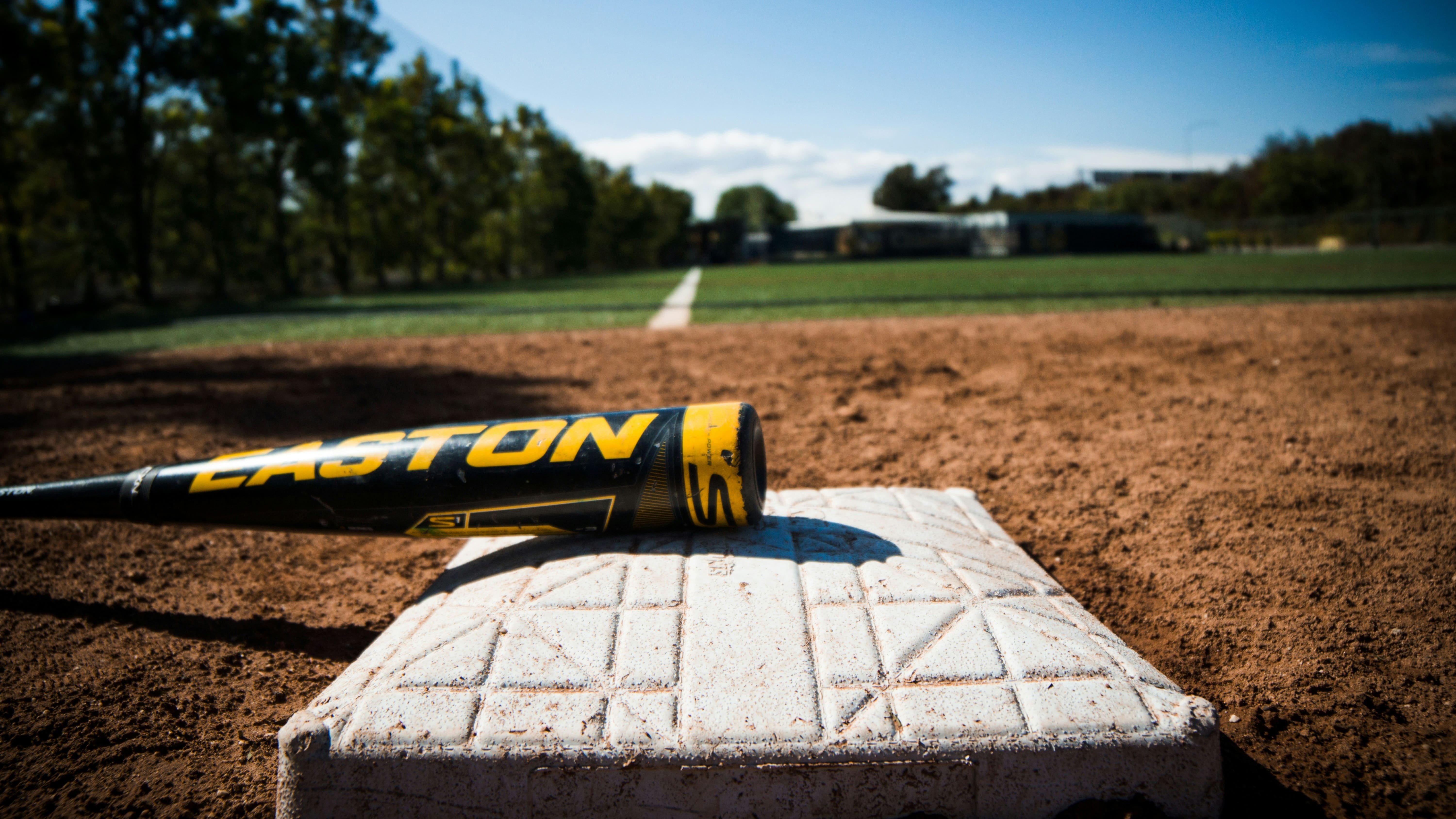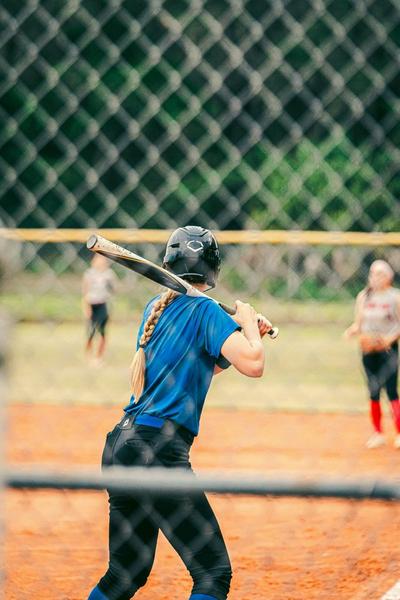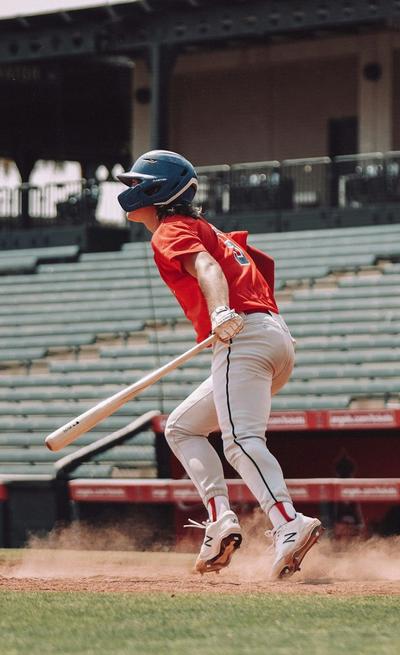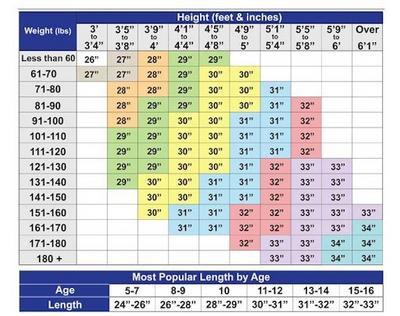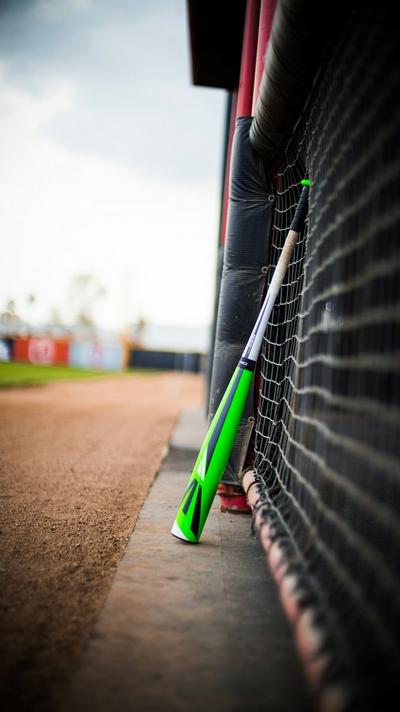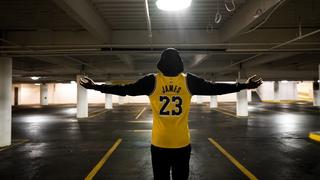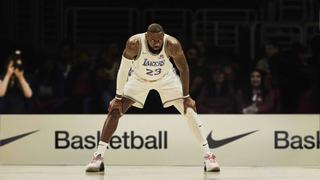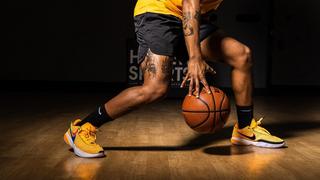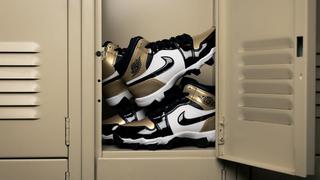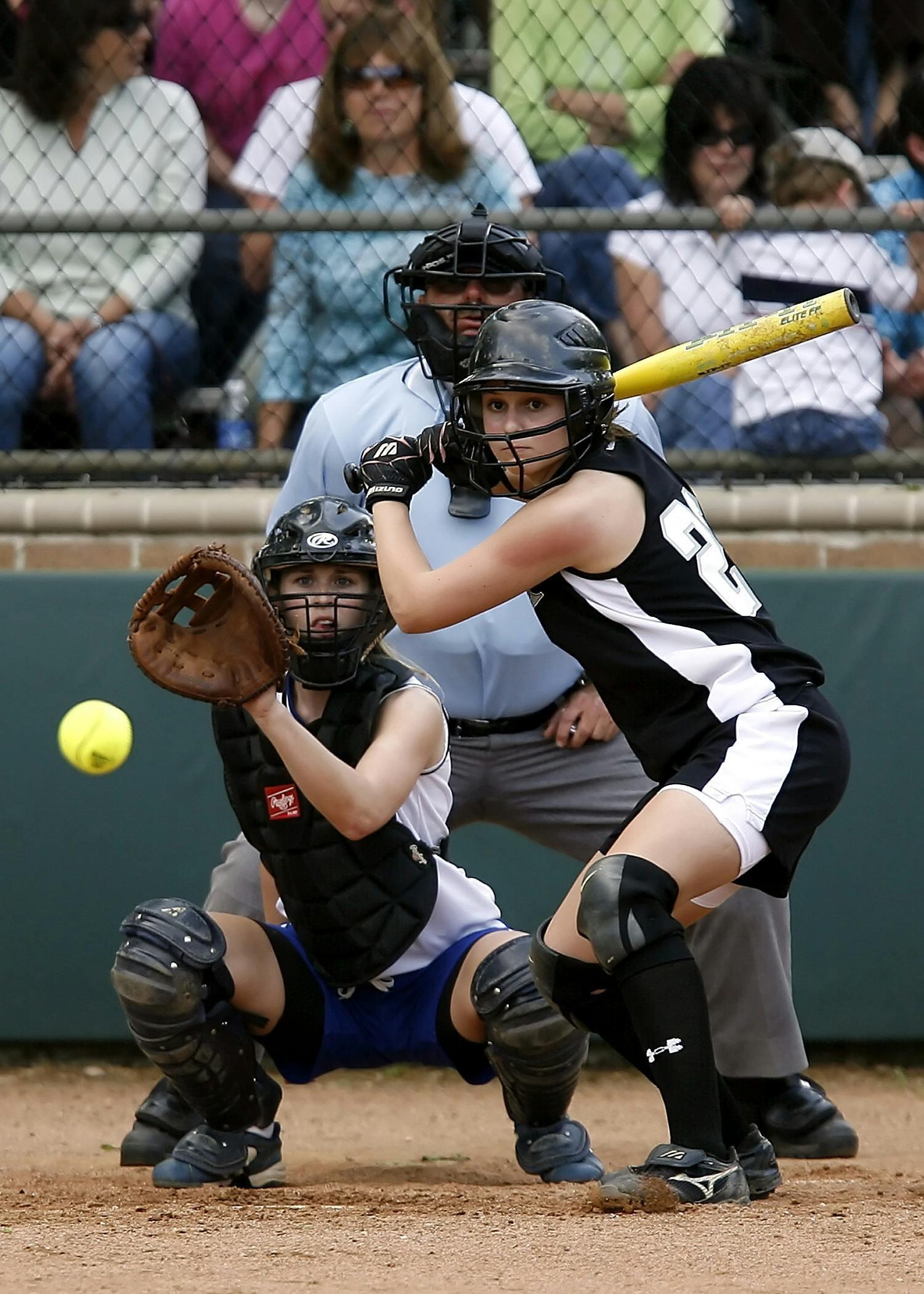Bats are measured in inches from the knob to the end cap. Longer bats give you more reach, making it easier to hit pitches on the outer edges of the plate. However, they’re also heavier at the end, so you need more power to swing them effectively. On the other hand, shorter bats are easier to control, but can make it harder to reach outside pitches.
Stance and swing style will have an effect on which bat length is right for you, and it’s hard to gauge these without having the bat in your hands. However, if you’re trying to figure out how to size a baseball bat, height is a great place to start:
- Baseball bats range between 24 and 34 inches. Younger players (shorter than 5 feet and under 150 pounds) are typically better off with a bat ranging from 26 to 31 inches.
- Taller and heavier players typically have the strength and leverage to swing a bat that measures upwards of 31 inches.
Here are three other easy ways to determine whether a bat is the right length for a player:
- While standing in a pair of baseball or softball cleats, hold the bat against the length of your body, and make sure the knob of the bat comfortably reaches the palm without exceeding the height of the hips.
- Hold the bat straight out to the side with the knob positioned at the center of your chest. If your fingers can easily touch the bat’s end cap, it’s probably the right size.
- Place the bat in the center of your chest, with the knob firmly against you. As you hold the bat out perpendicular, extend your other arm. If your hand can comfortably grip the barrel of the bat, the bat should be the right size.

